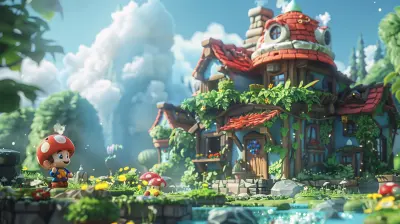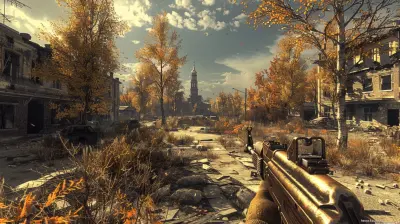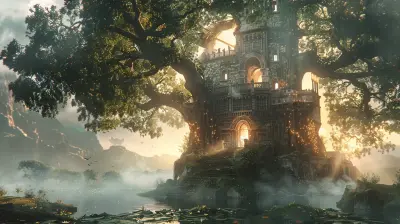Charting the Growth of LGBTQ+ Representation in Game Characters
8 July 2025
Video games have evolved a lot over the past few decades. What used to be simple pixels on a screen have now transformed into immersive worlds filled with rich storytelling, complex characters, and powerful messages. Among the most significant shifts we've seen recently is the growing representation of LGBTQ+ characters in gaming. It's been a long, bumpy road—let’s not sugarcoat it—but the progress is undeniable.
So, how did we get from complete invisibility to rainbow flags in character arcs and pride events in online multiplayer games? Let’s break it all down, dive into why it matters, and take a look at where we’re headed.
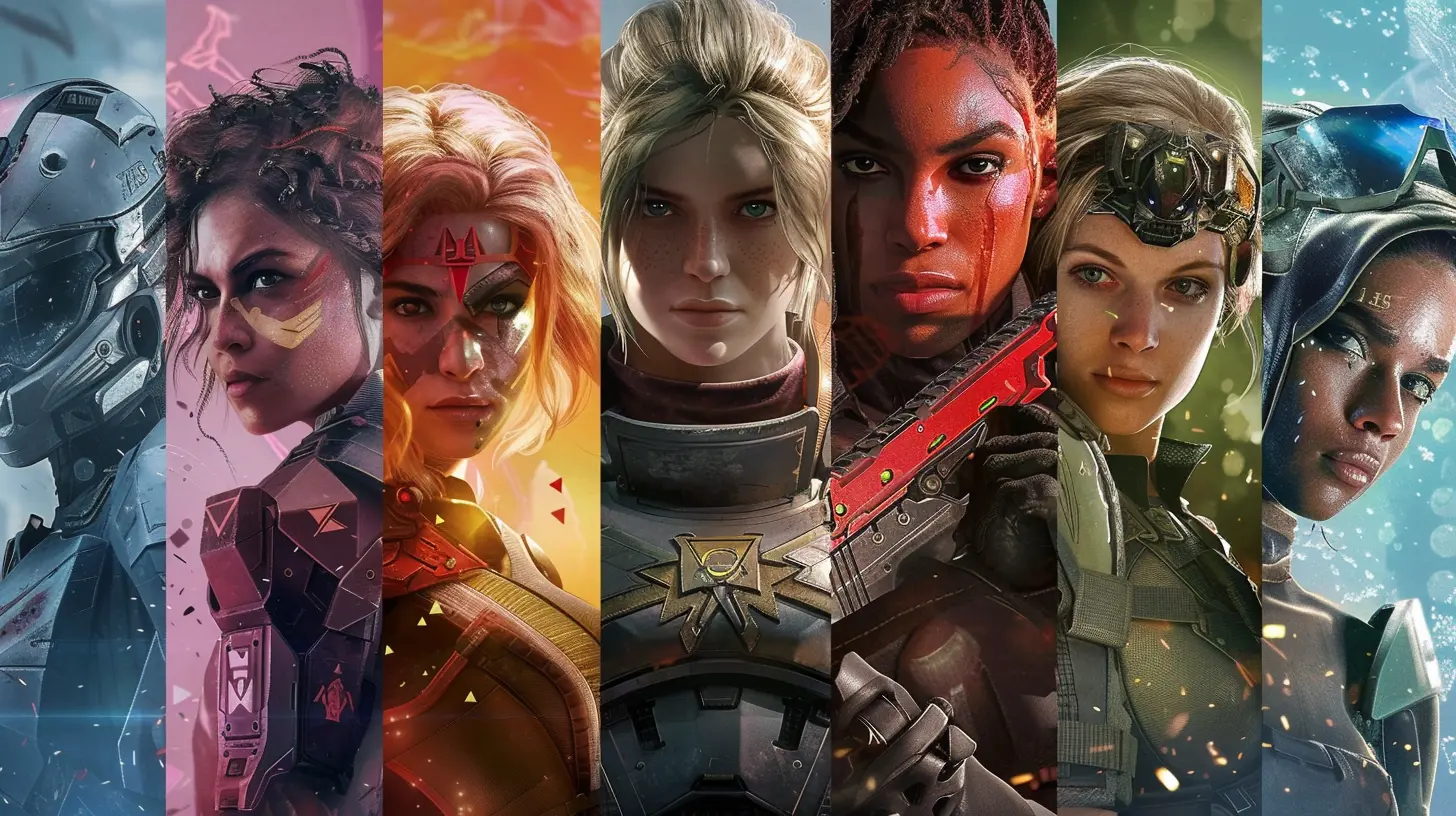
The Pixelated Closet: A Look Back at LGBTQ+ Representation in Games
Back in the early days of gaming—think the '80s and '90s—LGBTQ+ characters were pretty much nonexistent. And when they did show up? They were often caricatures or punchlines. It was like the industry had this unwritten rule: keep it straight, keep it simple.Characters who may have been coded as queer were rarely—if ever—openly identified as LGBTQ+. Instead, you’d see stereotypical mannerisms or vague implications that left a lot to the imagination. If you were looking for real, authentic LGBTQ+ representation back then, you were pretty much out of luck.
Why was that the case? Well, a lot of it came down to market fears and censorship. Publishers didn’t want to cause controversy. After all, the gaming scene was still trying to go mainstream, and anything seen as too “edgy” or politically charged was considered risky.
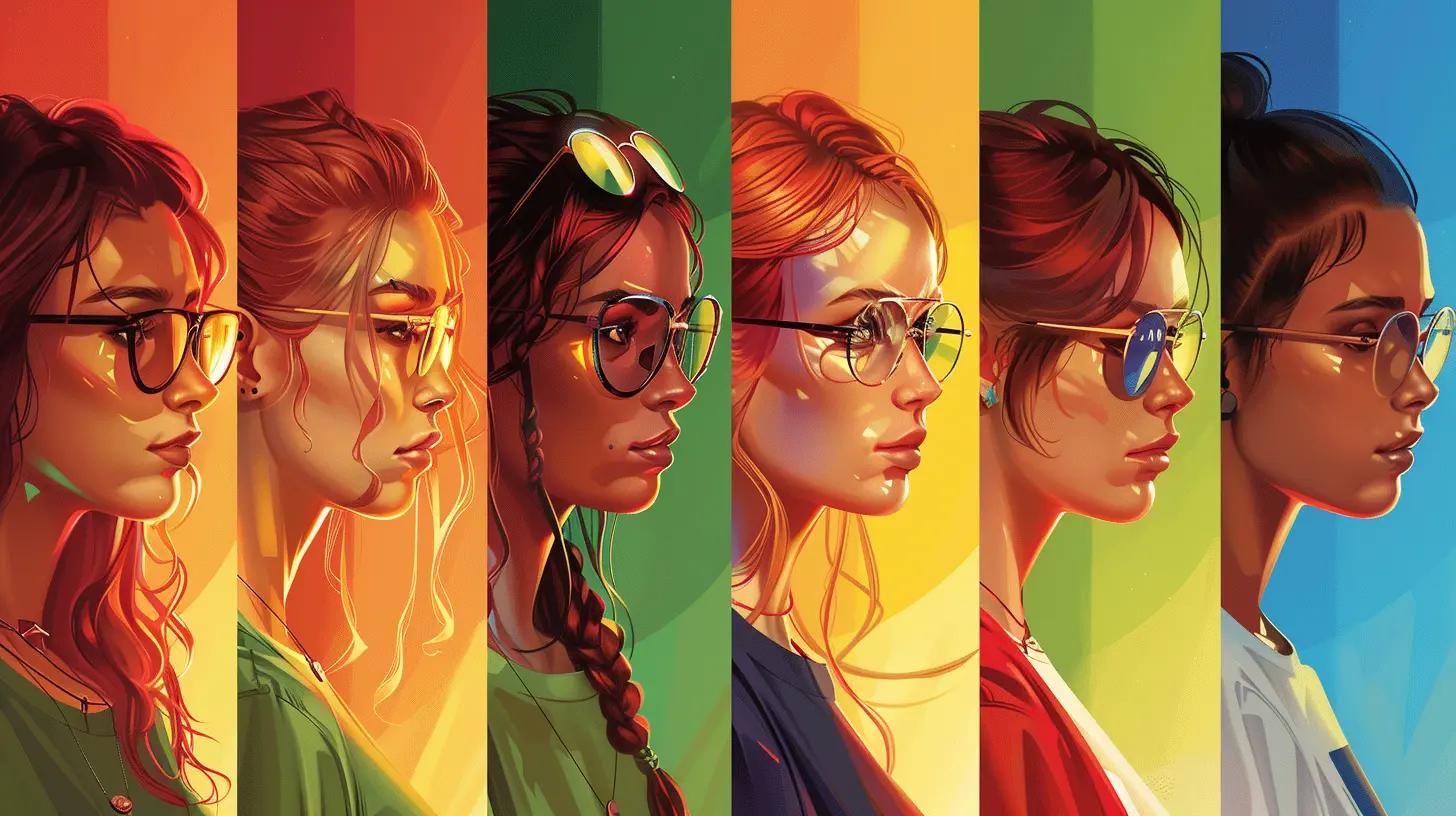
Breaking the Silence: The 2000s and the First Steps Forward
Fast forward to the 2000s, and the silence started to break.Games like The Sims gave players the freedom to build relationships however they wanted, without enforcing heterosexual norms. That felt revolutionary at the time. You could create a same-sex couple, get them married, and raise a family—no censorship, no judgment. It was subtle, but it meant a lot to players who had never seen themselves represented before.
Then came games like Mass Effect and Dragon Age, where romance options expanded to include same-gender relationships. These weren’t just background details—they were real, emotional connections woven into the story. Characters like Liara T’Soni and Dorian Pavus became fan favorites not just because of who they were romantically linked to, but because they were full of depth, personality, and heart.
The 2000s opened the door. It was far from perfect, but it was a beginning.
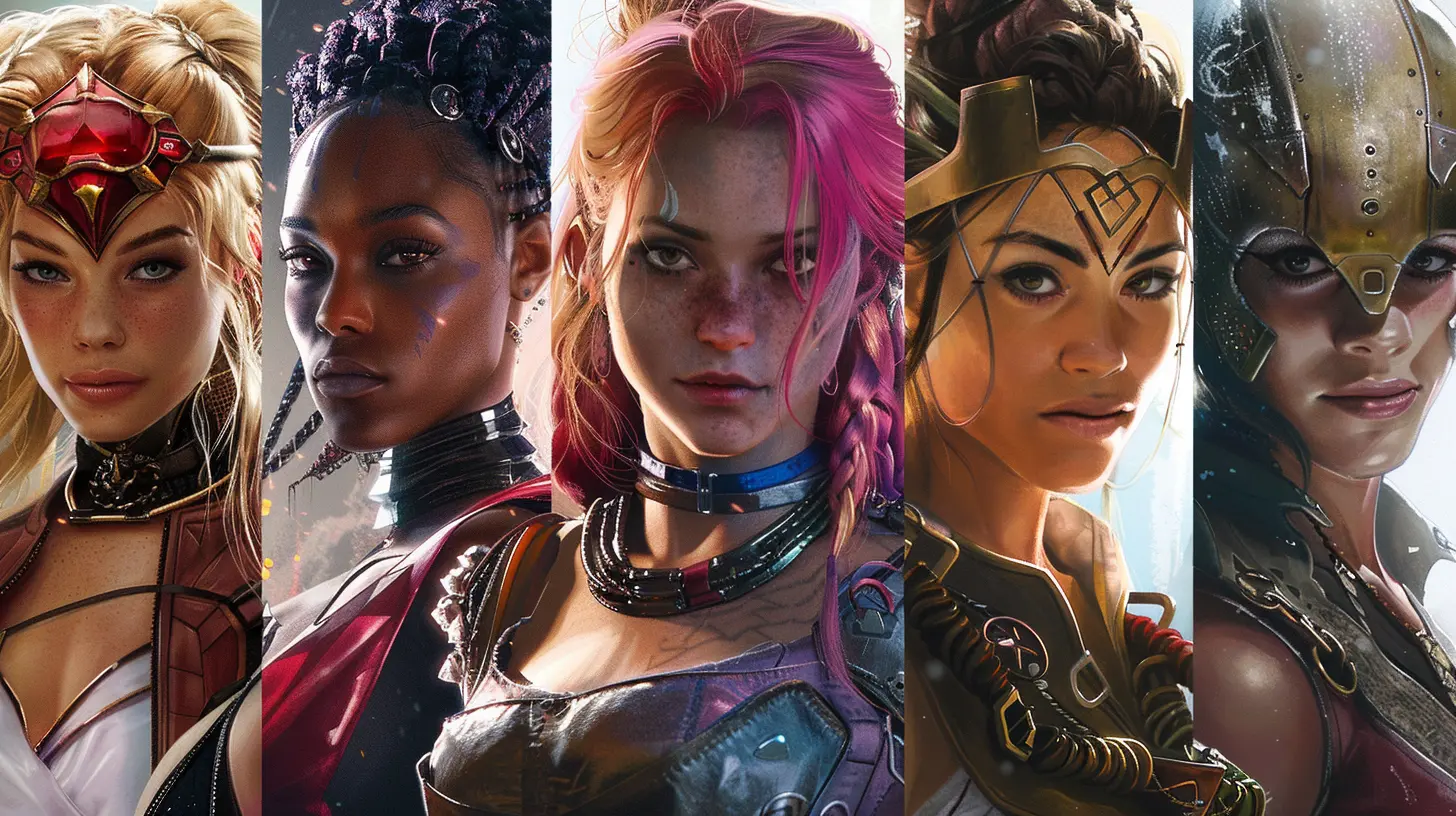
The 2010s: Visibility and Authenticity Take Center Stage
The 2010s felt like a turning point. No longer were LGBTQ+ characters just optional side notes; they became central to the narrative.Take Ellie from The Last of Us, for example. When her sexuality was revealed in The Last of Us: Left Behind, it wasn’t just a gimmick. It was treated with care and nuance, showing us a tender, coming-of-age moment between two young girls. That scene was groundbreaking. It didn’t try to shock—it simply told the truth of the character.
Later, in The Last of Us Part II, Ellie was front-and-center as an openly lesbian protagonist. The game didn’t shy away from showing her love life, her struggles, her heartbreak. It was messy and real—just like life.
Elsewhere, Life is Strange gave us characters like Max and Chloe, whose complex relationship resonated deeply with LGBTQ+ players. And Assassin’s Creed Odyssey allowed players to romance characters regardless of gender, offering a freedom that was both revolutionary and empowering.
Games in this era started showcasing diversity in a way that felt more personal. They moved beyond the checkbox mentality of “we need a gay character” and began creating stories that reflected real human experiences.
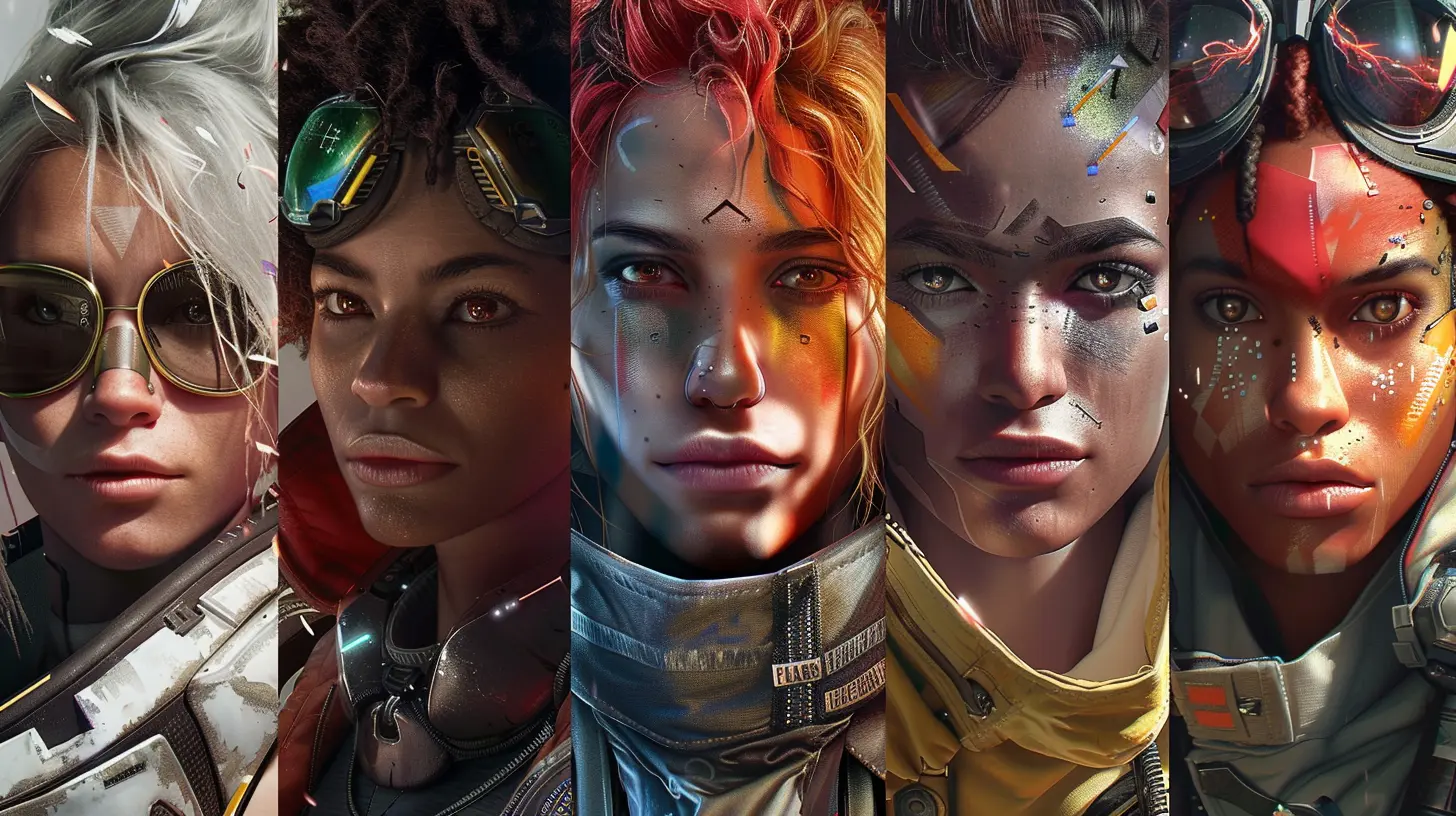
Modern Day LGBTQ+ Representation: Going Beyond the Token
Today, we’re seeing LGBTQ+ characters not just included—but celebrated.Games like Tell Me Why from Dontnod Entertainment featured the first trans playable protagonist in a major game, Tyler Ronan. What's important here is that the story didn’t reduce him to just his gender identity. Tyler was a fully developed character, with his own regrets, ambitions, and emotional arcs. His identity was a part of him, not the whole story.
Indie games have also become a vital space for authentic LGBTQ+ storytelling. Titles like Celeste, Gone Home, and If Found… have tackled issues like identity, coming out, and self-acceptance in ways that are intimate and deeply emotional. These aren’t massive budget blockbusters, but they’re touching lives in profound ways.
What’s even more heartening? More openly queer developers are now shaping these stories. Representation behind the scenes is just as crucial as representation on-screen, and we’re finally beginning to see that alignment.
Why Representation Matters in Games
So, you might be thinking: why is this such a big deal? Why does it matter if a character is LGBTQ+?Representation can be life-changing. When people see characters who look like them, love like them, and struggle like them, it validates their own experiences. It tells them, “You’re not alone. You belong here.”
For many LGBTQ+ gamers, games were always an escape—but now, they’re also a reflection. They offer a mirror that says, “Your story is worth telling.”
At the same time, representation also fosters empathy. Players who might not personally relate to an LGBTQ+ character can step into their shoes, see the world through their eyes, and maybe—just maybe—come away a little more understanding.
The Challenges That Still Remain
Let’s be real for a second: the work isn’t done. Not by a long shot.There are still way too many games with all-white, all-straight casts. Queerphobia and transphobia pop up in online communities like unwanted spam in your inbox. And let’s not forget the backlash that happens every time a major studio decides to include an LGBTQ+ character—just look at the heated forums, Reddit threads, and the occasional review bomb attacks.
Then there's the issue of tokenism. Sometimes, a character is labeled as LGBTQ+, but there’s no real depth to them. It’s as if their entire personality begins and ends with their sexual orientation or gender identity. That kind of shallow representation does more harm than good.
The good news? Players are demanding better. They’re holding developers accountable, calling out lazy writing, and pushing for nuanced, respectful stories. And with the rise of social media, those voices are louder than ever.
The Role of Gaming Communities
Community plays a huge role in how representation is received. Games aren’t just played—they’re shared. Think mods, fan fiction, fan art, Twitch streams, and cosplay.LGBTQ+ fans have built incredible spaces within the gaming world. From LGBTQ+ gaming conventions like GaymerX to queer-friendly Discord servers and social media groups, these communities create support systems and advocacy platforms that are driving change.
Developers are increasingly leaning into these communities, not only listening to feedback but actively engaging with fans during development. It's not just about checking boxes—it's about building a relationship.
Where Do We Go From Here?
So, what’s next in this ongoing journey of representation? For starters, we need more intersectional stories. Being LGBTQ+ doesn’t exist in a vacuum—race, culture, disability, age, and religion all intersect and influence someone’s experience. The future of representation lies in telling richer, more varied stories.We also need to see support for LGBTQ+ voices in game development. Hire queer writers, designers, voice actors, and producers. Authenticity starts from behind the scenes.
And finally, let’s keep pushing for representation in all genres. It’s not enough to have LGBTQ+ characters in indie dramas. We want queer superheroes, fantasy adventurers, space explorers, and zombie slayers. Make it the norm, not the exception.
Final Thoughts
Gaming has always been about escapism, challenge, and storytelling—but today, it’s also about building connections and exploring identity. The journey of LGBTQ+ representation in video games has had its peaks and valleys, but it’s on an upward trajectory that we should all be proud of.As players, developers, and community members, it’s on us to keep that momentum going. Whether that means supporting queer creators, choosing games with diverse casts, or just speaking out when something isn't right—the power is in our hands.
And really, isn’t that kind of the whole point of gaming? To shape the world as we see it? To make it better, one story at a time?
all images in this post were generated using AI tools
Category:
Video Game CharactersAuthor:

Francesca West
Discussion
rate this article
2 comments
Orionyx McMillen
Representation matters—every player deserves to shine!
November 4, 2025 at 4:08 AM

Francesca West
Absolutely! Representation enriches storytelling and allows everyone to feel seen and valued.
Renata Duffy
Absolutely love this article! It's heartwarming to see the vibrant growth of LGBTQ+ representation in games. Every character adds depth and authenticity, making our gaming experiences richer and more inclusive. Here’s to many more diverse stories! 🌈❤️🎮
July 14, 2025 at 3:03 PM

Francesca West
Thank you so much! I'm thrilled you enjoyed the article and appreciate your support for diverse storytelling in gaming! 🌈❤️
